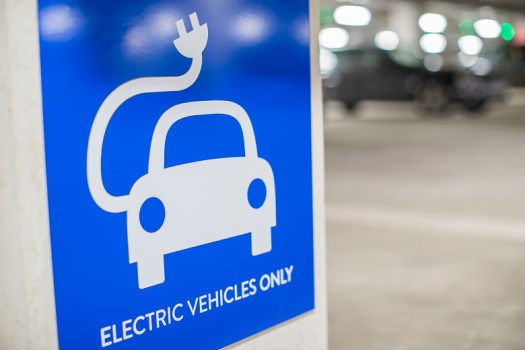
CASE STUDY: A department has reduced insurance claims and achieved $1 million in operational savings after introducing GPS tracking technology.
With the Department of Industry’s fleet travelling a combined 30 million kilometres each year, gaining any efficiencies in the vehicles’ mileage could help to generate savings, cut emissions and improve workplace safety.
After first trialling GPS tracking in 2016, the department saw considerable gains, prompting it to rollout the technology across almost 500 vehicles in its fleet.
GPS tracking, or telematics, has enabled the department to track the location and mileage of vehicles, offering insight into trends such as driver behaviour and fuel consumption.
Operational savings

Since introducing telematics the department has removed over 80 vehicles from its fleet, representing more than $1 million in operational savings, says Katherine Tollner, executive director of corporate operations at the department.
“Vehicle telematics has given the department greater visibility of its fleet and has allowed us to address any ‘at risk’ driver behaviour,” she tells Government News.
“It allows us to better monitor vehicle use. It identifies if there is any risky driver behaviour such as speeding, and it supports our administrative processing of motor vehicle running sheets and the allocation of fleet charges to our different business units,” Ms Tollner says.
The technology has also enabled the department to drive down the risks associated with driving and the number of consequent insurance claims.
“For insurance claims, we have seen a reduction in claims involving the vehicles we have fitted with telematics. They are involved in fewer incidents with other vehicles or wildlife than vehicles that aren’t fitted with telematics, so that shows they make a difference with driver behaviour,” Ms Tollner says.
Administrative efficiencies
Reducing the administrative burden of fleet management is another benefit the department has realised through GPS tracking.
Ms Tollner says:
“With fleet administration, the collection of data from vehicle log sheets for a large fleet is extremely time consuming. Telematics electronically captures data for Fringe Benefits Tax purposes, removing a huge administrative burden when processing log sheets.”
Business accounting procedures have also been streamlined through telematics, by improving the department’s ability to charge business units for the cost of running the vehicles.
“Before we had telematics it would take several months to charge business units for their vehicle use but now it can be costed to business units the week after a trip is completed.”
The department has also substantially reduced its carbon emissions, removing approximately 240 tonnes of CO2 emissions annually as a result of increased fuel efficiency, according to Ms Tollner.
Last year the department was nominated for an iCare Treasury Managed Fund award for its telematics trial, winning the innovation category for reporting and risk management.
Optimising telematics
While telematics can yield benefits for government departments and agencies, it’s essential to have a clear objective when procuring the technology as well as strong procedures around its use, Ms Tollner says.
“The policy should include clear procedures and guidelines for staff and management that detail expectations around using vehicles with telematics, and what will happen if at-risk driver behaviour is identified,” she says.
Being upfront with staff about the introduction of telematics, and the reason for the technology, is also essential, Ms Tollner says.
“You should also have a strong communications plan so that all levels of staff are aware of the introduction of vehicle telematics and what it means for them.”
Comment below to have your say on this story.
If you have a news story or tip-off, get in touch at editorial@governmentnews.com.au.
Sign up to the Government News newsletter.

